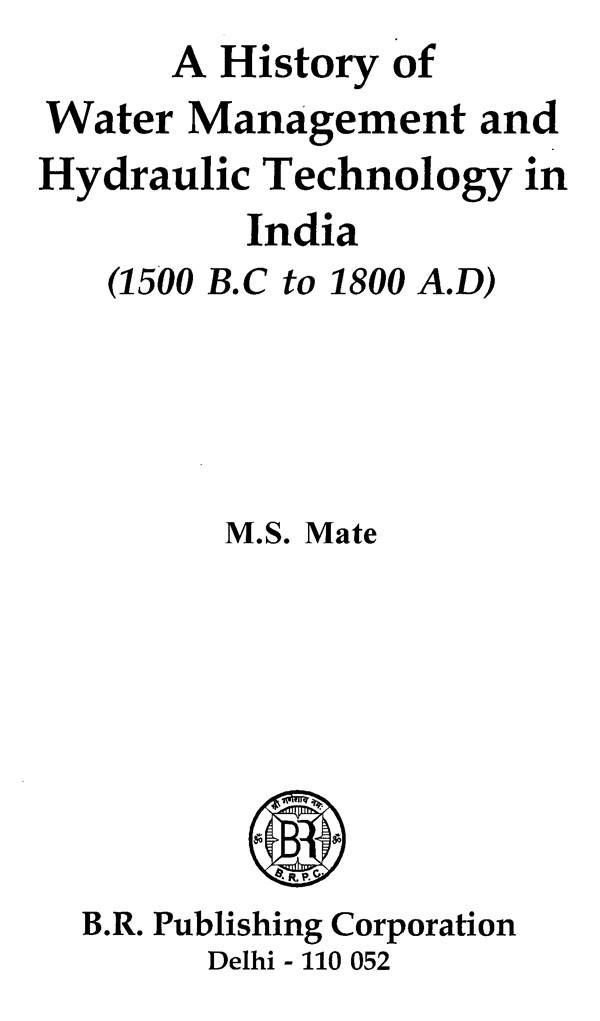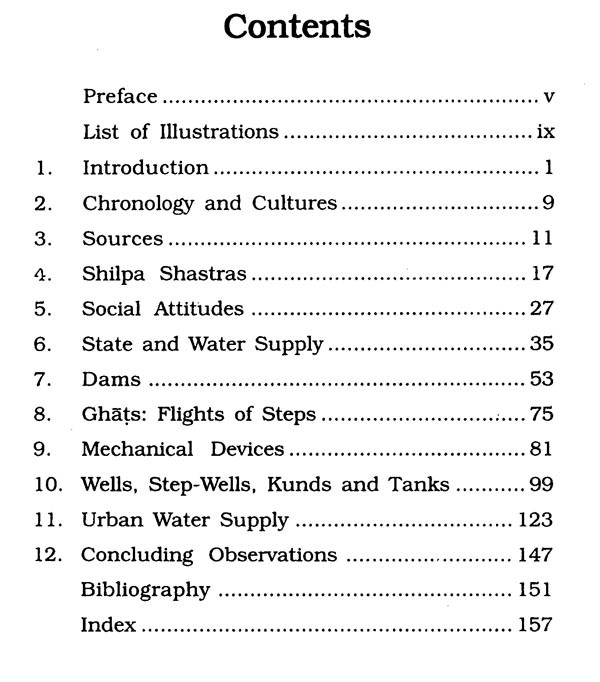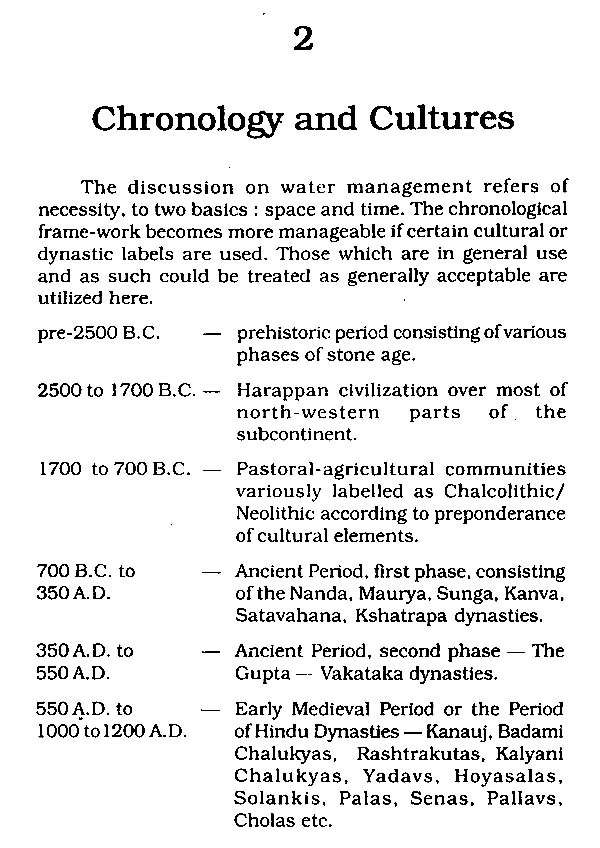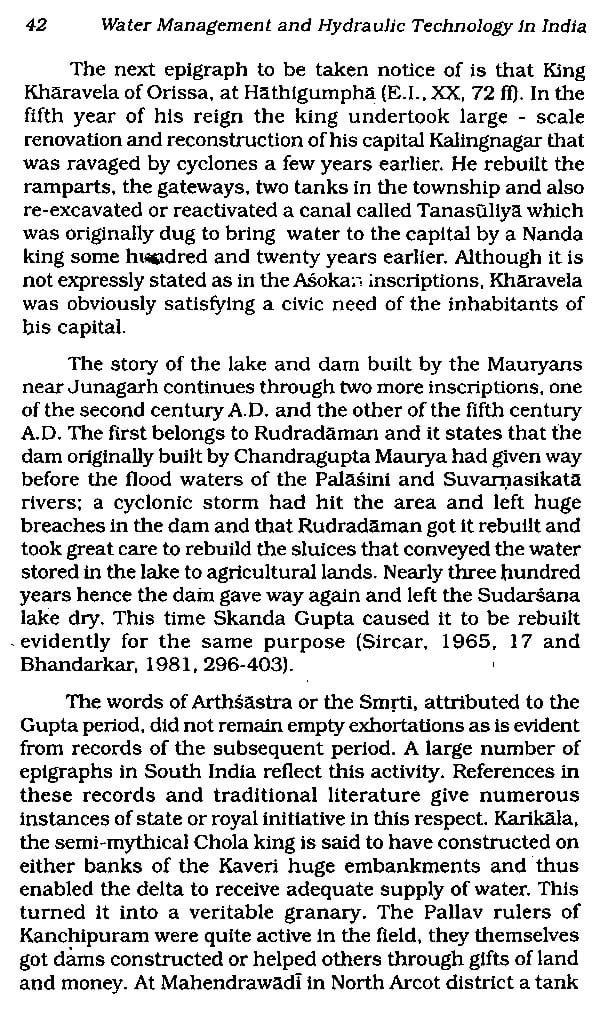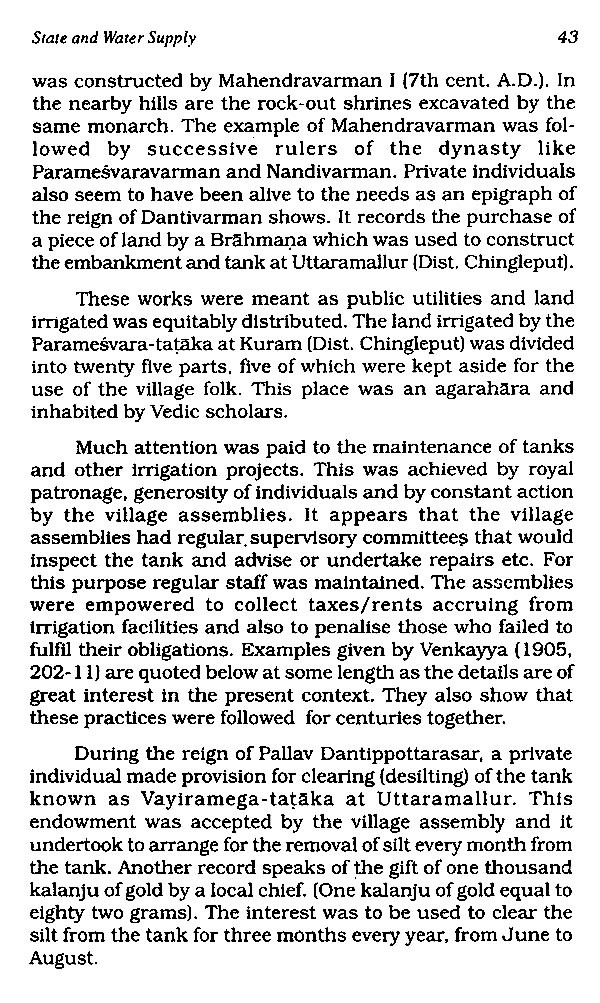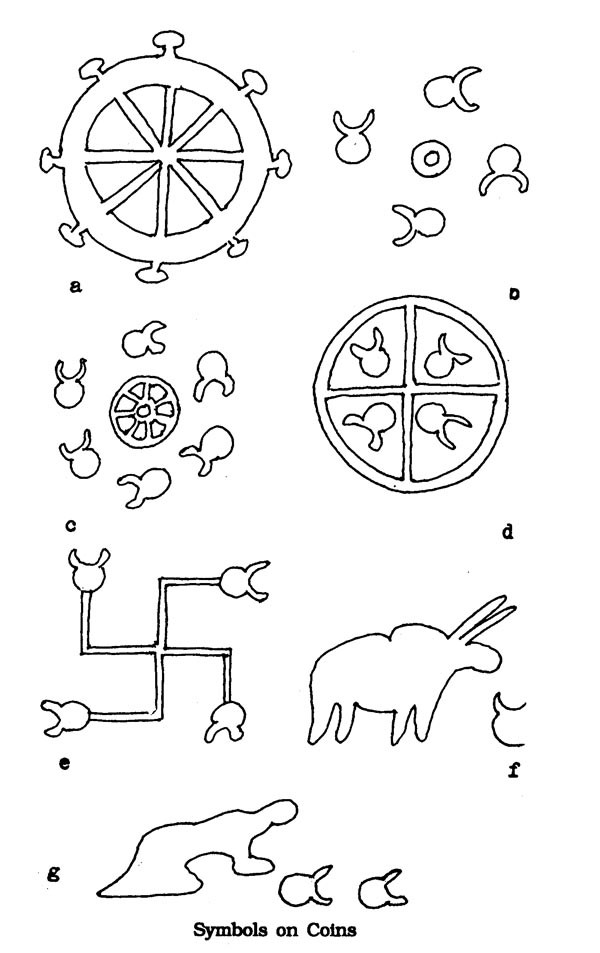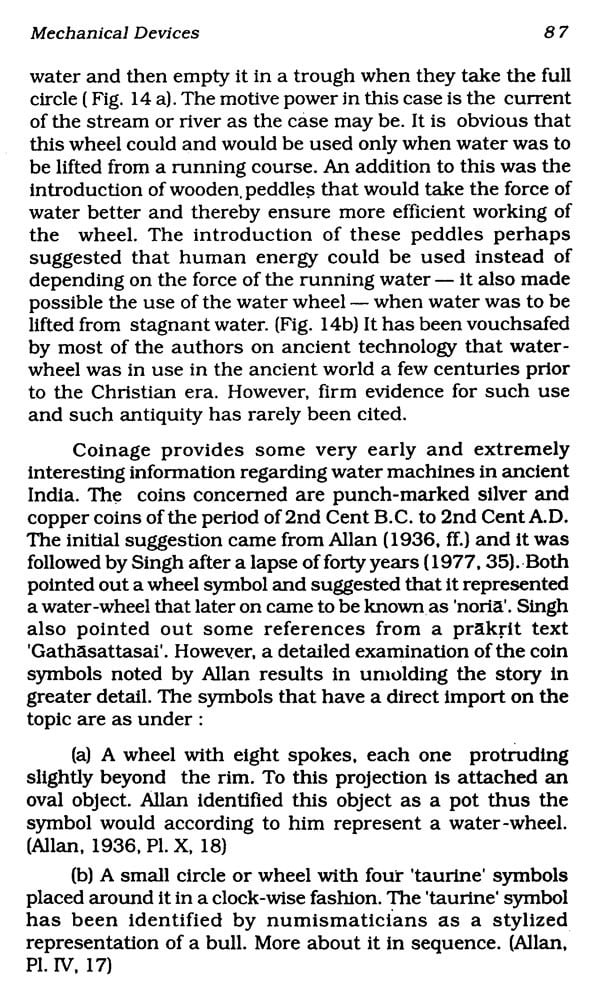
A History of Water Management and Hydraulic Technology in India (1500 B.C. to 1800 A.D.)
Book Specification
| Item Code: | AZE508 |
| Author: | M.S. Mate |
| Publisher: | B.R. Publishing Corporation |
| Language: | ENGLISH |
| Edition: | 2020 |
| ISBN: | 9788170189695 |
| Pages: | 172 (With Maps) |
| Cover: | HARDCOVER |
| Other Details | 9.00x6.00 |
| Weight | 320 gm |
Book Description
However, his field of special interest was art and culture of the medieval period and has several books to his credit: Maratha Architecture, Islamic Architecture of the Deccan, Deccan Woodwork, Jamoda Jaina Murals and Temples and Legends of Maharashtra. From 1980 to 1990 that is upto his retirement he directed the historical and archaeological investigations undertaken by the Institute at Daulatabad, ancient Devagiri. This work aroused in him interest in medieval technology, mainly hydraulic technology. He is currently working on 'Urban Culture of Medieval Deccan'.
Shri M.K.Kulkarni, the Librarian and his staff have been extremely helpful and deserve my grateful thanks.
My student Shri Ravindra Thipse assisted me in my surveys while Dr. Usha Ranade helped me with Sanskrit texts. To them I owe my sincere thanks.
The Basic importance of food in the daily lives of both Individuals and of communities, and the all pervading Influence upon outlook and social structure exercised by the methods adopted to ensure its adequate supply have become more and more widely recognised among students of ancient society during recent years. Rather less attention has yet been paid to water, that other necessity of life, bound up so intimately with the distribution and density of human settlement, and linked at the same time with Man's exploitation of his physical environment. Yet water-supply merits the closest attention not only to those who approach prehistory from a functional point of view but of all those whose studies are in the last resort based on archaeological material.
The relations between water-supply and human settlement through the ages have not by any means been simple; on the contrary, they have been essentially reciprocal subject to perpetual readjustment. If on the one hand settlement may be restricted by shortage, on the other human requirements may lead to an increase in the supply of water made available. Nature imposes certain limits, but within these there is scope for a wide range of adjustments."
**Contents and Sample Pages**
